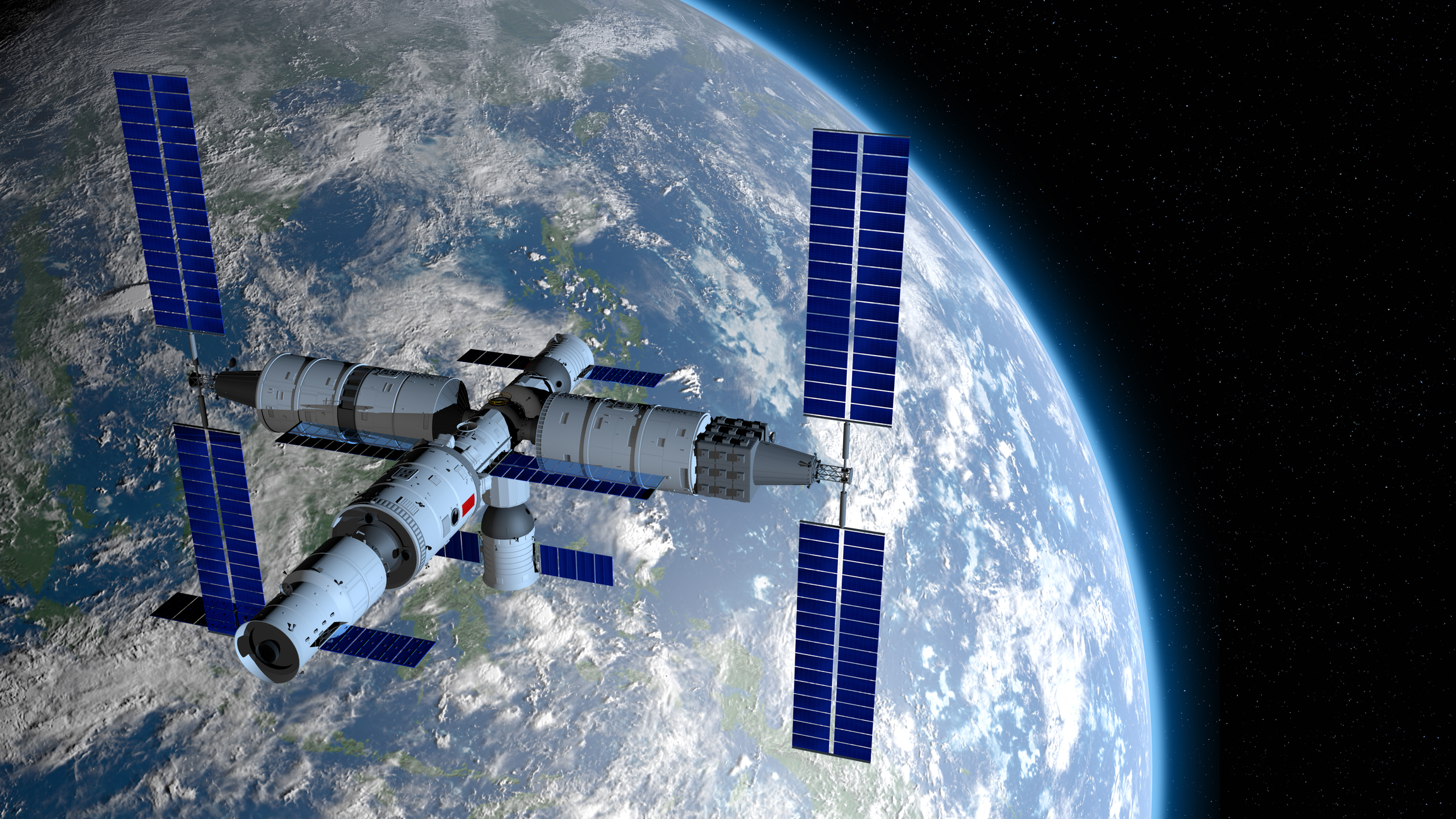Twin Fireballs May Have Come From Comet Hartley 2

Astronomershave recorded two magnificent fireballs that may have come from a nearby cometthat made its closest pass by Earth in 24 years this month, prompting speculationon whether the icy cosmic visitor may be offering a meteor shower show.
Thefireballs were spotted on Oct. 16, just four days before of the close pass byComet Hartley 2 and a few weeks ahead of a Nov. 4 visitto the comet by a NASA spacecraft. It is possible the fireballs are relatedto the comet, but it may also be a coincidence, NASA scientists said. [Photo ofthe Oct. 16 fireballs]
Before thefireballs were observed, NASA scientists were skeptical of any substantial meteordisplay from CometHartley 2.
"Probablynot," said astronomer Bill Cooke, head of NASA's Meteoroid EnvironmentOffice, "but the other night we saw something that makes me wonder."
Cooke wasspeaking, of course, of the twin fireballs. They were spotted five hours aparton the night of Oct. 16 by skywatching cameras in Canada and the United States.
Fireballsfrom a comet?
The Canadianfireball was first and spotted by all-sky cameras operated by the University ofWestern Ontario as it streaked over eastern Canada. The fireball over the U.S.was a slow, bright meteor that passed over Alabama and Georgia.
Breaking space news, the latest updates on rocket launches, skywatching events and more!
Multiplecameras recorded the displays of each fireball, which allowed astronomers tocalculate the orbits of both objects before they struck Earth's atmosphere.
What theyfound surprised them.
"The orbitsof the two fireballs were very similar," Cooke said in a statement."It's as if they came from a common parent."
The orbitsof the two fireballs were roughly similar to the Comet Hartley 2, NASAofficials said. That put the comet on the suspect list, but there is stillreason for skepticism, Cooke cautioned.
"Thousandsof meteoroids hit Earth's atmosphere every night," he said. "Some ofthem are bound to look like 'Hartley-ids' just by pure chance."
But if thereare meteors to be seen from Hartley 2, Cooke will be ready. He plans to keepwatching for possible meteors, especially on Nov. 2 and Nov.3 when the show isexpected to be the strongest.
Comet Hartley 2 is a small comet that was discovered in 1986 by astronomerMalcolm Hartley. It is a periodic object that completes one single orbitthrough the solar system every 6 1/2 years and made its closestapproach to Earth in 24 years on Oct. 20.
NASA's DeepImpact spacecraft, which has already visited one comet, will fly by CometHartley 2 on Nov. 4 to get a good look at the icy object.
"Thecomet has been sputtering space dust for thousands of years, making a cloudthat is much bigger than the comet itself," Cooke said. "Solarradiation pressure and planetary encounters cause the comet and the dust cloudto diverge?not a lot, but enough to make the date of the shower different fromthe date of the comet's closest approach."
Meteorsfrom Comet Hartley 2
Comets areknown to be sourcesfor several meteor showers seen throughout the year on Earth. When ourplanet passes through comet debris streams, the material left behind by thecomet can sometimes spawn these meteor displays.
The OctoberOrionid meteor shower and May Aquarid shower, for example, are the remnants ofthe famed Halley's Comet. The Taurid meteor shower, which peaks betweenmid-October and mid-November, is caused by the cosmic detritus of Comet Encke.
In an Oct.22 column, SPACE.com skywatching columnist Joe Rao wrote that Comet Hartley 2had the potential of causing at least some meteors, but observers could"hardly call it a meteor shower."
"Wecurrently pass closest to the orbit of Hartley 2 around Nov. 2, but at themoment our respective orbits are too widely separated to produce much more thana few meteors during the course of an entire night?s watch," Rao wrote.
Any meteorsfrom Comet Hartley 2 would likely appear to emanate from the constellation ofCygnus, the Swan, which is visible directly overhead to skywatchers in theNorthern Hemisphere after sunset.
The moonshould not outshine the potential sky show since it will be only a slendercrescent at the time, NASA officials said. Last week, the moon was nearly fullduring the peak of the Orionid meteor shower, making observations for thatshower a challenge.
"I'lldefinitely have our cameras turned on," Cooke said of the possible Hartley2 meteor peak time. "It's probably going to be a non-event. On the otherhand, we might discover a whole new meteor shower."
- Images - The Best of Leonid Meteor Shower
- Comet Hartley 2 Makes Closest Pass by Earth in 24 Years
- How Comets Cause Meteor Showers

Tariq is the award-winning Editor-in-Chief of Space.com and joined the team in 2001. He covers human spaceflight, as well as skywatching and entertainment. He became Space.com's Editor-in-Chief in 2019. Before joining Space.com, Tariq was a staff reporter for The Los Angeles Times covering education and city beats in La Habra, Fullerton and Huntington Beach. He's a recipient of the 2022 Harry Kolcum Award for excellence in space reporting and the 2025 Space Pioneer Award from the National Space Society. He is an Eagle Scout and Space Camp alum with journalism degrees from the USC and NYU. You can find Tariq at Space.com and as the co-host to the This Week In Space podcast on the TWiT network. To see his latest project, you can follow Tariq on Twitter @tariqjmalik.
